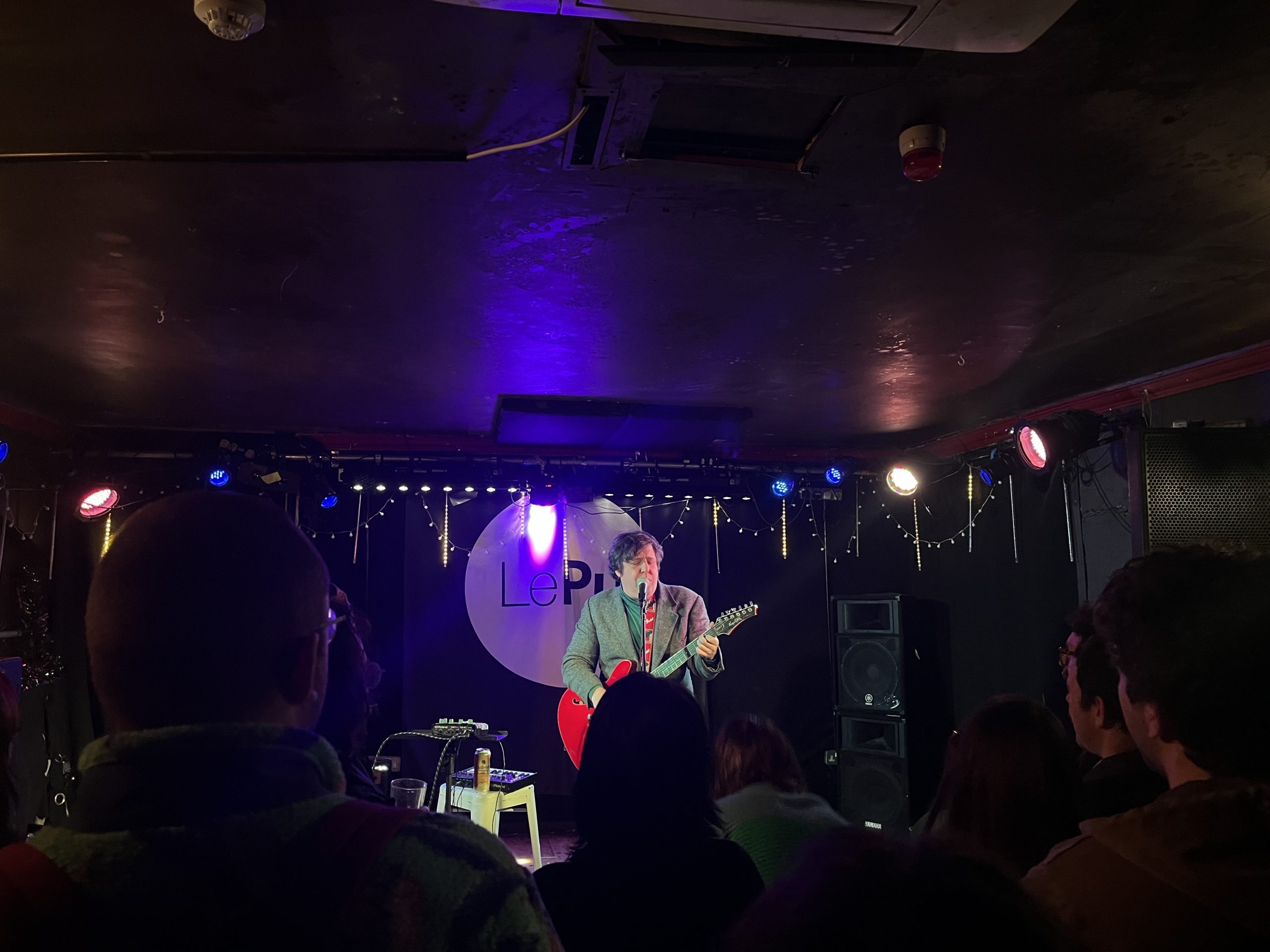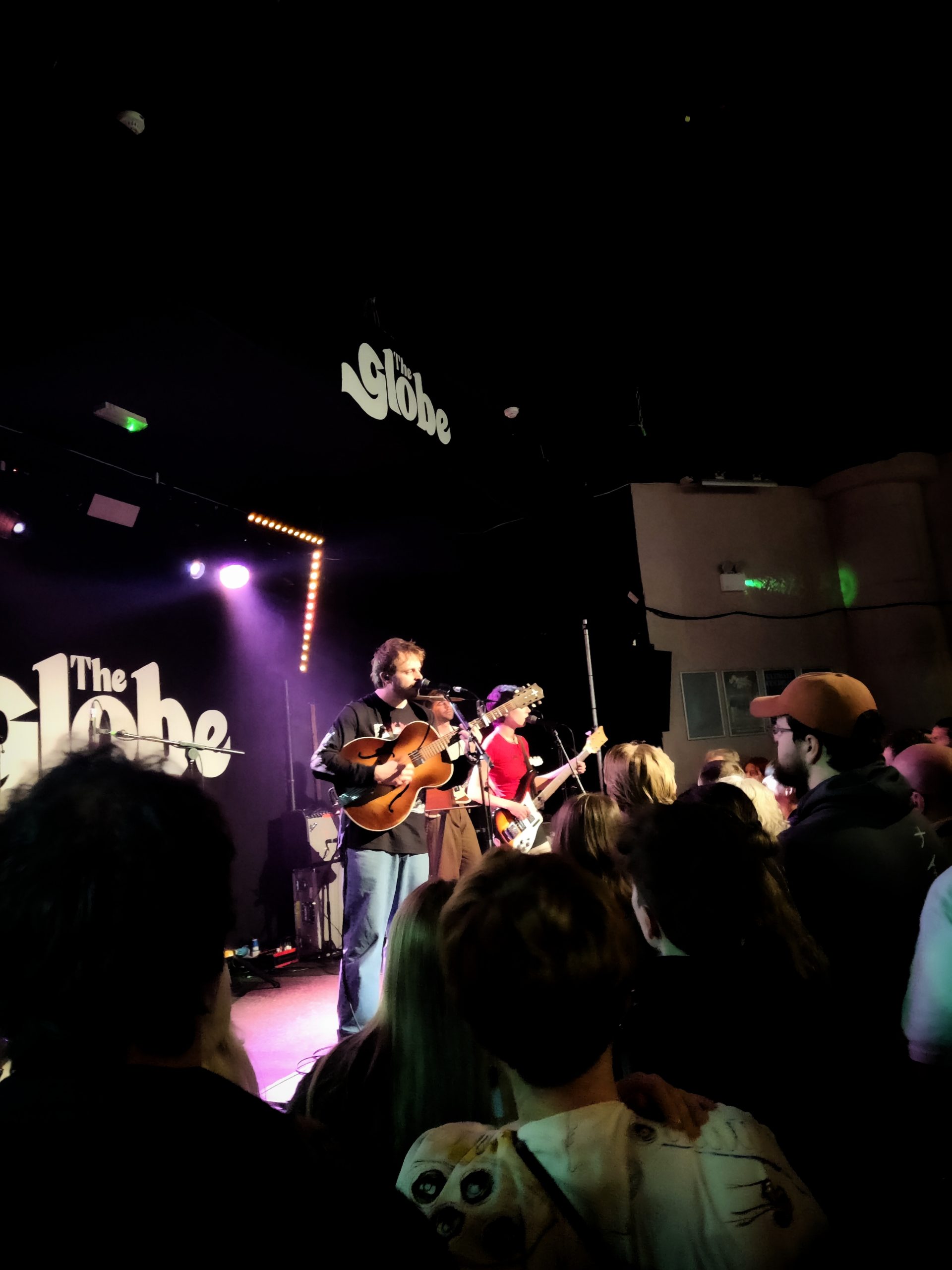In a world dominated by social media, where everything seems to be public and privacy is a tricky subject, where should we stand in regards to the anonymity of well-known artists? Transparency can be key to building a relationship with fans, but what happens when anonymity is the key to success? Our contributors Molly Sedgemore and Sabrina Sherchan discuss both sides of the debate. 
The fight for artists’ anonymity┬á
By Molly Sedgemore
As social media are becoming more and more popular, it comes as no surprise that people want to protect their privacy and anonymity. Fans are more connected now than ever and it often feels like an artist’s duty to devote themselves wholeheartedly or risk their career failing. Today’s often over-the-top and sometimes toxic fan culture, artists are continually bombarded by devoted fans yearning to connect on a level that just isn’t accessible.
For some artists, however, anonymity has been key to their success; enter the likes of Banksy. Banksy is undoubtedly one of the most famous street artists of all time, with an estimated net worth of up to $50 million. The artist’s anonymity has been a leading contribution to his rise to fame. With his hidden identity remaining a defining factor in his success, Banksy’s shrewd teasing has resulted in a solid fanbase eagerly awaiting the next strikingly political piece of art. To criticise Banksy for remaining anonymous would be to criticise his art as a whole.
Another notable example in artist anonymity is the ever-popular Sia. For years, the singer-songwriter has averted the public gaze through obscuring her face with her iconic blonde wig. Although not entirely anonymous, she has succeeded in being far less recognisable than your average pop star, and for good reason too. The artist has a particularly poignant relationship with anonymity, having tackled many personal battles including alcoholism, bipolar disorder, self-image and attempted suicide. Combine this with being thrust into stardom, it is fair to say Sia has likely saved herself on more than one occasion with her blunt blonde bob. Aside from this, for many of her fans, her anonymity has contributed immensely to her allure with her masked face enhancing the raw emotion in her voice.
Perhaps it becomes easy to forget about the person behind the art, but no matter the level of success achieved, we are all entitled to our own privacy and the decision on where to draw the line should always lie with the individual. If for some, this line is drawn at complete anonymity then perhaps it is time we respect that. In a world of likes and shares in which image is everything, maybe it is time we take a moment to celebrate those of us who can succeed without the need to indulge in the self-gratifying, Instagram era.
Against artists’ anonymity
By Sabrina Sherchan
While it is true that artists, no matter how famous, have a right to preserve their anonymity for the sake of privacy, the authenticity and personal value of an artist risk getting lost in the unknown. The unknown is what sometimes burns the bridges between the artist and their fans. People can easily value an artist by the impact they might have on their personal life. As art is more likely to use ethos and emotions to connect with its fans, understanding the background and life of an artist can be a crucial point to understanding the art.
Debatably, you can still enjoy an artwork without knowing an artists’ life and possibly even have a cleaner canvas for your own interpretation. But you can’t deny that the personal life of an artist enhances the art, as art imitates life. Artist anonymity stops you from looking at the full intention implied by an artist, no matter if it’s a painting, a book, a movie or a song. Historically, we have seen a lack of representation and oppression of various groups. These struggles have oftentimes been expressed through art to withstand the harsh realities of a situation. If artist anonymity floods into the mainstream, the spread of marginalised culture and knowledge would be limited and over time forgotten.
This raises an issue as many historical ideas are retained through art. For example, when looking at Frida Kahlo’s works, you can’t unsee the cultural and personal implication of her paintings. Knowing the life that she lived differentiates her from the small pool of historical female artists, adding layers which are interesting to unravel. Knowing the artist is even more crucial to understand why they are controversial, when they are.
Separating the art from the artist can have a very dangerous impact. In cases such as R. Kelly’s sexual abuse scandal, it is important to make a moral decision to support the right side. By supporting a controversial artist, you are giving them financial power which can encourage their immoral behaviour and ultimately water down justice. Anonymity, in some cases, is just a few steps away from blind faith. Transparency is the hardest and yet the most valuable aspect of an artwork. It is what connects and bridges the differences we maintain as humans. Any artist embracing vulnerability by connecting themselves to their artwork are comforting their fans by showing that they aren’t alone. The first step is sometimes all a person needs.


